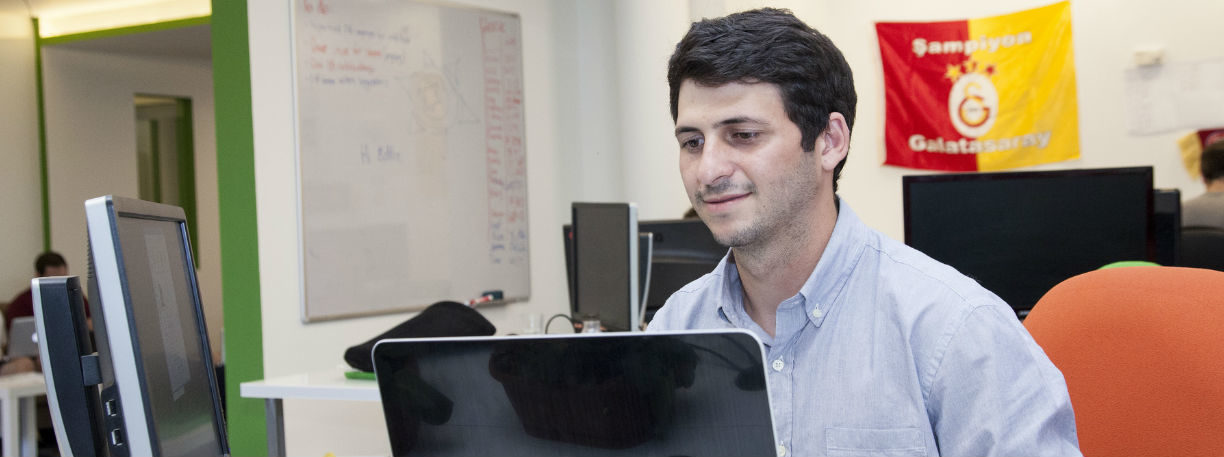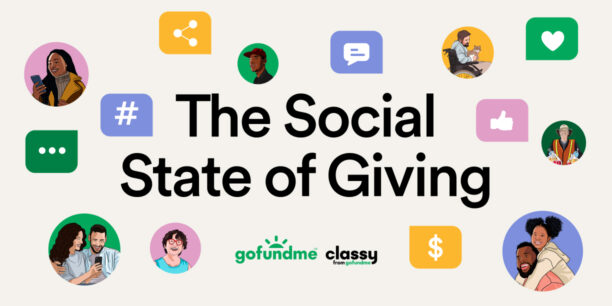Why Your Nonprofit Needs a Director of Impact

More than ever, the social impact sector is focused not just on action, but on outcomes. While most efforts to alleviate social problems are admirable, colleagues, funders, and the public are no longer satisfied with simply knowing an organization is trying to help. They want to see and support organizations that succeed–that truly move the needle on their mission.
To maximize impact and guide programs toward greater effectiveness, some forward-thinking organizations have added directors of impact to their team.
We investigated this new area of nonprofit management when we spoke with Leslie Engle Young, the director of impact at Pencils of Promise. She explains the purpose of the role and how it leads to better results.
Who’s in Charge of Impact?
Nonprofits, like nearly all organizations, create leadership positions to ensure that someone runs, monitors, and is held responsible for each part of the business. For example, the director of development at a nonprofit is tasked with running successful fundraising campaigns and achieving the organization’s capital goals.
Traditionally, the job of evaluating impact falls on the programs department. The trouble is that a programs team is primarily concerned with delivering resources and services, not analyzing how those programs affect the community. A programs director must puts the nonprofit’s programs into action. A director of impact determines if these programs are solving the problem at hand. Together, they can continually refine their approach for maximum impact.
Young says that PoP spent years setting goals and tracking success based on outputs, like building a certain number of schools. But if students didn’t attend the schools (due to social, familial, or transportation issues), building all those schools wouldn’t make much progress. For PoP to have a true impact, they found it necessary to shift from tracking actions (schools built) to outcomes (children educated). “It really depends on how it’s being received, on what’s happening in the classrooms, on governments willing to partner,” says Young. By taking these elements into consideration, PoP can learn if their funds are better spent on one action or another.
Young’s role as director of impact requires her to work closely with the organization’s programs and transparency departments to understand not just what they are putting into a program, but what the community is getting out of it. From there, PoP can decide where to invest further.
Innovate Responsibly
Pencils of Promise is well-known in part because of their early adoption of peer-to-peer fundraising and their ability to connect fundraisers with the individual projects they support. When it comes to programs, smart innovations like these can lead to better outcomes. We only find revolutionary solutions by trying something new. But PoP is careful to balance new approaches with tried and true best practices.
Young says that the most challenging part of her job is investing in programs they know are effective while still “being innovative and open to learning and testing and trying new things.” In other words, PoP wants to keep pursuing programs they already know work, but they still want to take advantage of opportunities to accelerate progress. A director of impact helps a nonprofit organization make smart choices on when to experiment and when to stay the course.
Course Corrections
Along with identifying effective programs to expand, directors of impact are also responsible for recognizing when a program isn’t having the desired effect. How an organization responds to these roadblocks and failures ultimately makes a big difference in their ability to achieve their mission. When organizations recognize which programs are and are not successful, they can make smart decisions on how to move forward and make the biggest impact.
For example, knowing that health and sanitation are an important factor in keeping kids in school, PoP created and implemented a program called SHINE (Sanitation, Hygiene, Identity, Nutrition, and Environment). Proud of having built the program internally, PoP shared the work with their supporters through stories on their website and pictures on Facebook.
Unfortunately, their data and observations eventually told them SHINE wasn’t working as well as they wanted. Pencils of Promise saw that UNICEF’s WASH (Water, Sanitation, and Hygiene) program was more effective and decided to implement it in the communities they serve.
Read Next: Director of Transparency – Your Most Important Hire“It took a lot of thinking like, ‘alright, there is someone else that does this better than we do, much better than we do it in fact, so let’s learn from them, adopt that,’” says Young. “This is an example of a time that we really saw the course that we were headed down…wasn’t as effective as it should be.”
But by recognizing this setback, explains Young, PoP was able to adopt a system that worked much better and did more to advance their mission.
The social sector is learning that implementing a program doesn’t guarantee your desired outcomes. You must identify and support the programs that truly make an impact on your mission. While impact is undeniably linked to programs, it’s also affected by other factors, and having a director of impact ensures that the holistic results are influencing a nonprofit’s decisions.
Pencils of Promise is one organization leading the way in this new era of impact-centered work, but many other nonprofits are creating roles specifically for evaluating and accelerating impact. Consider how your organization measures success and who is ultimately responsible for maximizing impact. It may be time to bring on your own director of impact.

The Guide to Annual Reports for Nonprofit Organizations
Subscribe to the Classy Blog
Get the latest fundraising tips, trends, and ideas in your inbox.
Thank you for subscribing
You signed up for emails from Classy
Request a demo
Learn how top nonprofits use Classy to power their fundraising.



